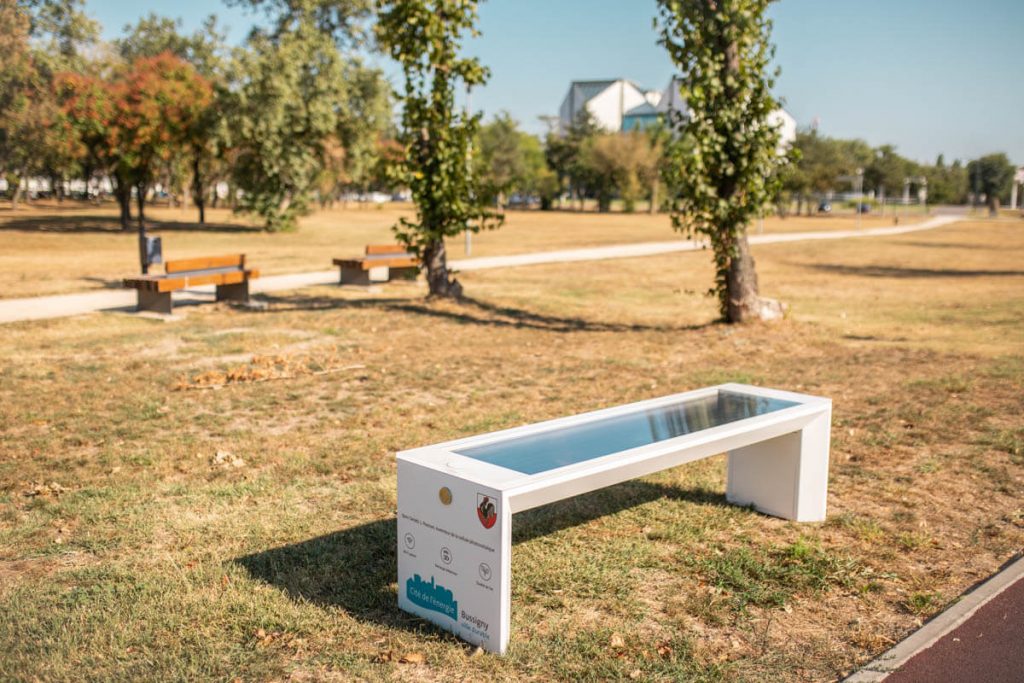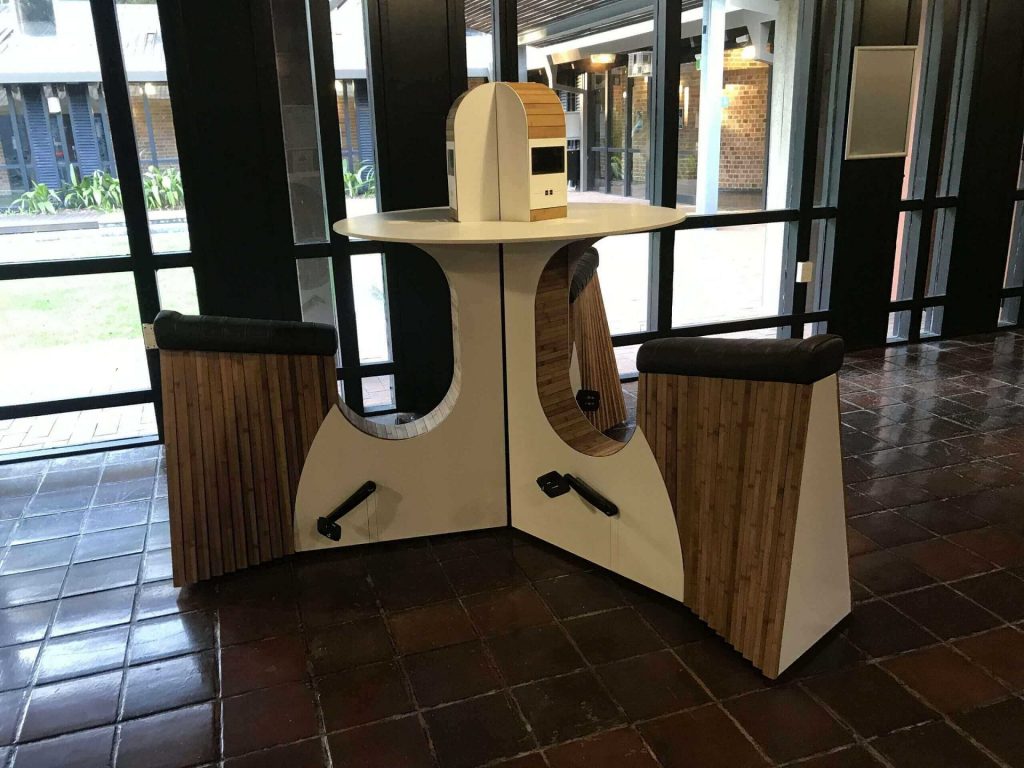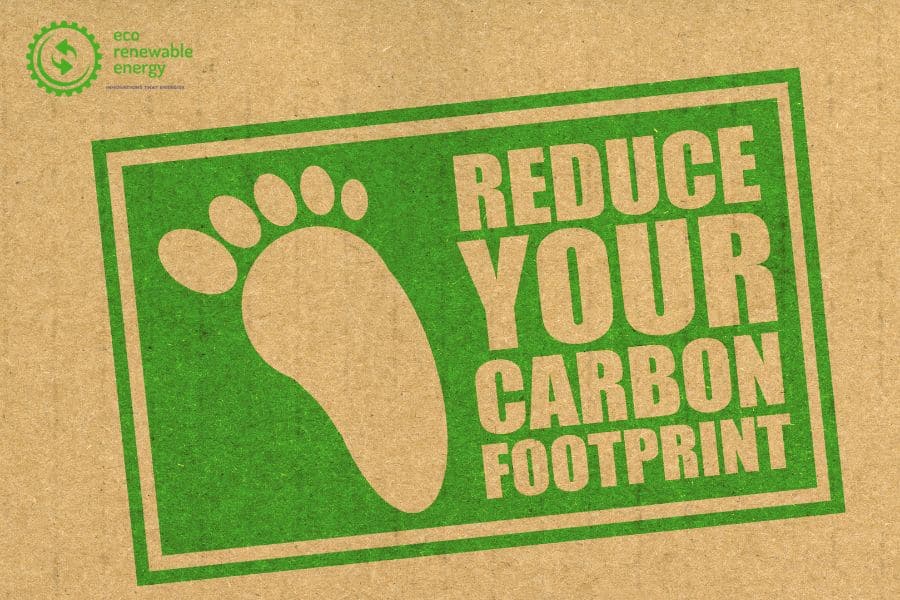Table of Contents
What is Carbon Footprint?
A carbon footprint is the total amount of greenhouse gases that are released into the atmosphere as a result of human activities. These emissions include gases such as carbon dioxide (CO2), methane (CH4), and nitrous oxide (N2O). The carbon footprint can be associated with individuals, organisations, events, or even products.
What actually causes a Carbon Footprint?
Several everyday activities contribute to the creation of a carbon footprint. Some of the main causes include:
- Energy Use: Using Electricity, heating, and cooling systems that rely on fossil fuels contributes significantly to emissions.
- Transportation: Driving cars that run on gasoline or diesel, as well as flying in aeroplanes, all release greenhouse gases into the atmosphere.
- Manufacturing and Industry: The process of making products often involves machinery and raw materials that release emissions.
- Agriculture: Farming activities such as raising livestock, using fertilisers, and changing land use all result in methane and nitrous oxide emissions.
- Waste: Improper disposal of waste, particularly organic materials in landfills, leads to the release of harmful gases as the waste breaks down.
Strategies to Reduce Carbon Footprint
Here are practical steps for individuals and businesses to reduce the carbon footprint:
For Individuals
1. Energy Efficiency at Home
- Replace traditional bulbs with energy-efficient LED lights.
- Insulate your home to reduce heating and cooling energy usage.
- Opt for energy-efficient appliances with a high star rating.
2 . Transportation Choices
- Use public transport, carpool, or bike whenever possible.
- Switch to electric vehicles for reduced emissions.
3. Sustainable Consumption
- Reduce, reuse, and recycle materials to minimise waste.
- Support products with sustainable packaging or production practices.
- Adopt a plant-based or reduced meat diet, as meat production generates significant greenhouse gases.
For Businesses
Incorporate Innovative Solutions
Invest in sustainable products like:
Smart Solar Benches:

These eco-friendly benches offer free Wi-Fi and charging stations powered by solar energy, reducing dependency on conventional electricity. Smart Solar Benches can be used for marketing purposes:
- Brand Visibility: Custom-branded benches in your outdoor space can act as a promotional asset.
- Sustainability Demonstration: Positioning the bench prominently highlights your eco-conscious values.
- Carbon Footprint Reduction: By harnessing solar energy, Smart Solar Benches eliminate the need for conventional power sources, reducing greenhouse gas emissions and contributing to a greener planet.
WeWatt Bikes:

They are a perfect blend of fitness and sustainability, providing a unique way to generate energy while staying active. For Home-based businesses, these bikes can act as sustainable workstations, converting pedalling energy into electricity to charge devices like phones and laptops. They create an innovative work environment that aligns with modern sustainability goals while promoting a healthy lifestyle.
In outdoor settings, WeWatt Bikes can be an engaging tool for attracting attention and showcasing your commitment to renewable energy. Hosting clients or community members? Let them experience the thrill of generating clean energy through their efforts.
For businesses focused on health, fitness, or sustainability, WeWatt Bikes are an excellent promotional asset. They can be used during events, demonstrations, or as part of experiential marketing campaigns, providing a hands-on example of how green technology can seamlessly integrate into everyday life. The bikes are practical, interactive, and a powerful representation of renewable innovations for both indoor and outdoor settings.
Energy Floors:

Harness kinetic energy from movement, turning footsteps into electricity, making them an innovative addition to any area.
For businesses focused on sustainability, they offer a tangible way to demonstrate eco-friendly practices right in your office.
In outdoor settings, Energy Floors transform high-traffic areas into interactive, energy-generating spaces. They are perfect for events, product showcases, or branding activities, engaging visitors by letting them see the direct impact of their movement in generating electricity. By incorporating such products, businesses can lead the charge toward a low-carbon future.
Benefits of Reducing Carbon Footprint
Lowering your carbon footprint offers numerous benefits beyond environmental sustainability:
Cost Savings: Energy-efficient practices often reduce utility bills and operational costs.
Brand Reputation: Businesses with a strong commitment to sustainability attract eco-conscious customers and partners.
Health Improvement: Reduced pollution leads to cleaner air and healthier communities.
Long-Term Viability: Sustainable practices future-proof businesses against regulatory changes and resource scarcity.
Conclusion
Addressing your carbon footprint is no longer optional—it’s a shared responsibility for individuals and businesses alike. For individuals, simple changes such as opting for energy-efficient appliances, embracing public transport or biking, reducing waste, and adopting sustainable consumption habits can have a profound impact. For businesses, integrating innovative products like Smart Solar Benches, WeWatt Bikes, and Energy Floors offers both environmental and economic benefits while showcasing a commitment to sustainability.
Start today by identifying your emission sources, making conscious lifestyle changes, and embracing green technologies. Together, these small steps can lead to big changes for a healthier, more sustainable planet.


Recent Comments